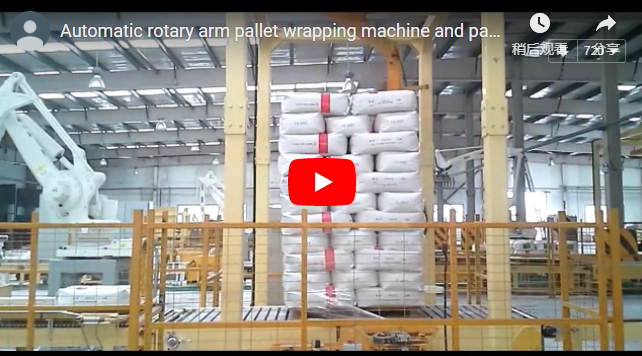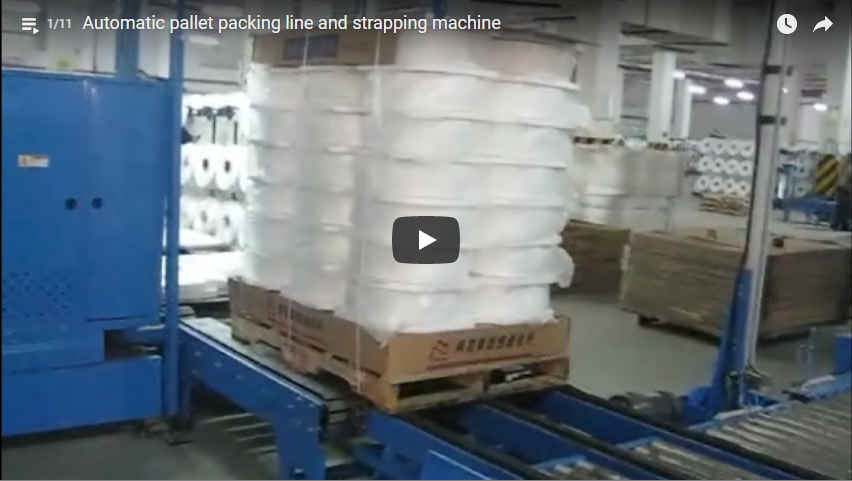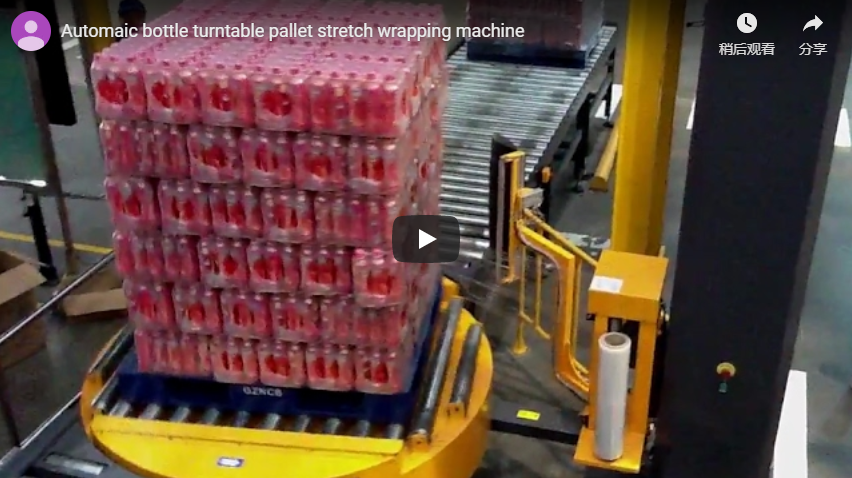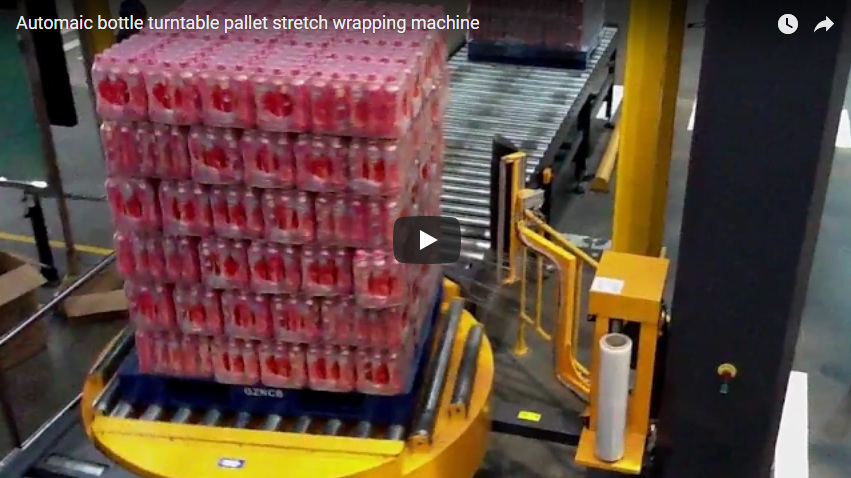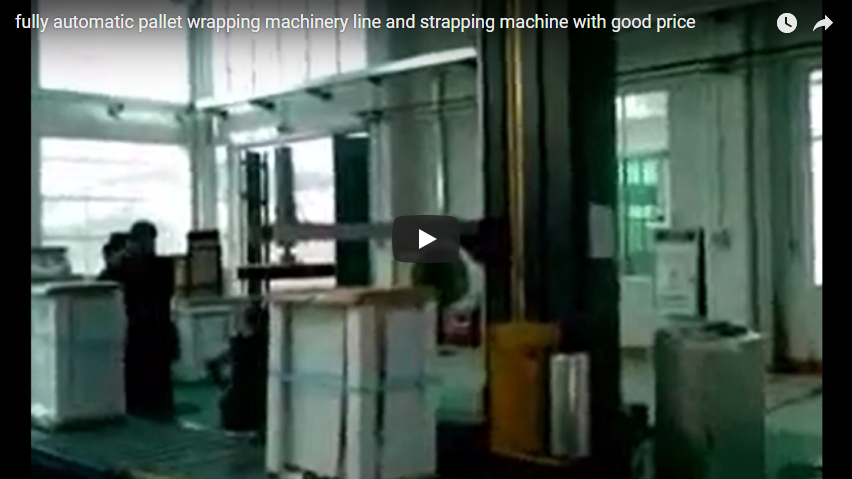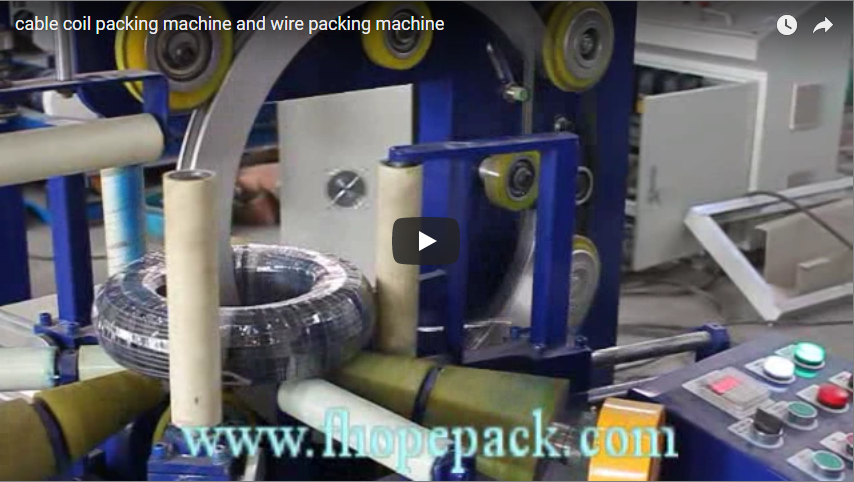In modern logistics and supply chain management, ensuring product integrity during transit and storage is paramount. Stretch wrapping machines play a crucial role in achieving this, offering an efficient and reliable method for securing loads ranging from individual items like luggage to palletized goods such as bottles and construction blocks. This guide delves into the technology, design considerations, technical specifications, and diverse applications of these indispensable machines, providing valuable insights for professionals seeking to optimize their packaging operations.
1. Understanding the Core Technology: How Stretch Wrapping Works
At its heart, a stretch wrapping machine automates the process of applying stretch film tightly around a load. The core principle relies on load containment – using the elastic properties of the film to unitize and stabilize products. Key to this process is the pre-stretch mechanism found in most modern machines.
- Pre-stretching: This technology stretches the film before it's applied to the load, typically using powered rollers rotating at different speeds. This can increase the film's yield by 150% to over 300%, significantly reducing film consumption and cost while improving load holding force and stability.
- Film Tension: Controlled tension ensures the film is applied snugly without crushing the product, adapting to various load shapes and weights.
This combination secures the load, protects it from dust, moisture, and tampering, and prevents shifting during handling and transportation.
2. Key Components and Design Considerations
Stretch wrapping machines vary in complexity, but typically incorporate several core components:
- Turntable or Rotary Arm:
- Turntable: The load is placed on a rotating platform, and the film carriage moves vertically up and down a mast. Ideal for stable, standard-sized pallet loads.
- Rotary Arm: The load remains stationary, while an arm carrying the film carriage rotates around it. Suited for very heavy, light, unstable, or oversized loads.
- Film Carriage System: Holds the film roll and houses the pre-stretch rollers and tension control mechanisms. Its smooth vertical movement is crucial for consistent wrapping.
- Pre-stretch Unit: Usually integrated into the carriage, this consists of powered rollers that stretch the film. The percentage of pre-stretch is often adjustable.
- Control Panel (HMI): Allows operators to set parameters like wrap counts (top/bottom), turntable/arm speed, carriage speed, film tension, and pre-stretch ratio. Modern machines feature intuitive touchscreens.
- Mast: The vertical structure supporting the film carriage's travel. Its height determines the maximum wrapping height.
- Structural Integrity: Machines are built with robust steel frames to withstand industrial environments and ensure longevity. Safety features like emergency stops, safety fences (for automatic models), and sensors are critical design considerations.
3. Technical Specifications: A Data-Driven Overview
When selecting a stretch wrapping machine, understanding its technical capabilities is essential. Here are typical specification ranges to consider:
- Wrapping Speed: 15-40 loads per hour (semi-automatic); 40-120+ loads per hour (automatic).
- Max Load Dimensions (L x W): Typically 1200mm x 1200mm (48" x 48"), but varies significantly by model (oversized options available).
- Max Load Height: Common ranges are 2000mm - 3000mm (80" - 118").
- Max Load Weight: Turntable models: 1500kg - 2500kg (3300 lbs - 5500 lbs); Rotary arm models handle much heavier loads.
- Turntable/Arm Speed: Adjustable, typically 3-15 RPM.
- Pre-stretch Ratio: Variable, commonly ranging from 150% up to 300% or more.
- Film Roll Specifications: Defines compatible film width (e.g., 500mm / 20"), core diameter (e.g., 76mm / 3"), and max roll diameter.
- Power Requirements: Varies by region and machine type (e.g., 220V/1Ph/60Hz, 480V/3Ph/60Hz).
Note: These are general ranges. Always refer to specific manufacturer datasheets for precise figures.
4. Diverse Applications: Securing Various Loads
The versatility of stretch wrapping machines makes them suitable for a wide array of industries and products:
- Luggage Wrapping: Commonly seen at airports, providing passengers with enhanced security against tampering, scratches, and moisture during travel. Machines are often compact and user-friendly.
- Bottling and Beverage Industry: Essential for stabilizing pallets of glass or plastic bottles, cans, and containers. Prevents shifting and breakage during internal handling and external shipping, reducing product loss.
- Building Materials (Blocks, Bricks, Tiles): Secures heavy, often irregularly shaped pallets of concrete blocks, bricks, or tiles. Protects against the elements if stored outdoors and ensures safer transport.
- Cable Coils and Wires: Wraps large, heavy coils securely onto pallets, preventing unwinding and making them easier to handle.
- General Warehousing & Distribution: Unitizes cartons, boxes, sacks, and mixed loads on pallets for efficient storage and shipment. Improves inventory management and handling speed.
- Furniture and Appliances: Protects large, bulky items from scratches, dust, and damage during transit.
5. Choosing the Right Machine: Factors to Consider
Selecting the appropriate stretch wrapper involves evaluating several factors:
- Load Characteristics: Weight, dimensions (L x W x H), stability (is it likely to topple?), shape (uniform vs. irregular).
- Throughput Needs: How many loads per hour/shift need wrapping? This dictates the choice between manual, semi-automatic, or fully automatic systems.
- Automation Level: Fully automatic machines integrate into conveyor lines, requiring minimal operator intervention, while semi-automatic models require operators to load/unload pallets and initiate the cycle.
- Budget: Costs range significantly from basic semi-automatic models to high-speed, fully integrated automatic systems.
- Space Availability: Consider the machine footprint, including necessary clearance for operation and maintenance.
- Film Efficiency: Evaluate the pre-stretch capabilities to maximize film savings and minimize environmental impact. Consult authoritative sources on packaging efficiency for benchmarks.
6. Personal Experience & User Insights
From a user perspective, operating modern stretch wrapping machines is generally straightforward, especially with intuitive HMIs. Key operational insights include:
- Ease of Use: Most semi-automatic machines require minimal training for loading film and selecting wrap programs.
- Maintenance: Regular checks on rollers, belts, and sensors are crucial for reliability. Film breaks can occur due to improper tension settings, poor film quality, or sharp edges on the load, requiring operator intervention.
- Workflow Integration: A well-chosen machine significantly speeds up the end-of-line packaging process, reducing bottlenecks and freeing up labor for other tasks.
- Consistency: Automation ensures every load is wrapped to the same standard, improving load integrity compared to manual wrapping.
7. The ROI of Stretch Wrapping Automation
Investing in a stretch wrapping machine, particularly automated models, yields tangible returns:
- Reduced Film Costs: Pre-stretch technology drastically cuts down on film consumption per load.
- Lower Labor Costs: Automation reduces or eliminates the manual labor required for wrapping.
- Decreased Product Damage: Consistent, secure wrapping minimizes damage during transit, saving costs associated with returns and replacements.
- Increased Throughput: Faster wrapping cycles boost overall operational efficiency.
8. Future Trends in Stretch Wrapping
The technology continues to evolve, with trends focusing on:
- Sustainability: Development of thinner, stronger films and machines optimized for biodegradable or recycled-content materials.
- IoT Integration: Smart machines capable of self-diagnostics, remote monitoring, performance tracking, and integration with warehouse management systems (WMS).
- Enhanced Safety: Continued improvements in safety sensors, guarding, and intuitive controls.
Conclusion
Stretch wrapping machines are more than just packaging equipment; they are integral components of efficient, cost-effective, and safe logistics operations. By understanding the underlying technology, key components, technical specifications, and application suitability, businesses can select the right machine to protect their products, optimize their workflow, and enhance their bottom line. Whether wrapping luggage for secure travel, stabilizing bottles for distribution, or unitizing heavy blocks, the right stretch wrapping solution provides invaluable peace of mind.
To explore specific models and tailored solutions for your needs, investigate options from reputable manufacturers. Learn more about specific Stretch wrapping machine models and solutions.

